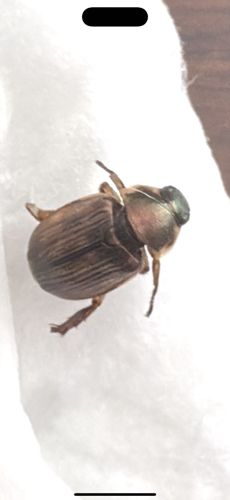Dung beetle
Scientific Name: Scarabaeidae
Order & Family: Coleoptera, Scarabaeidae
Size: 3 mm to 60 mm (0.12 to 2.4 inches)

Natural Habitat
Pastures, grasslands, forests, and other areas with mammal dung. They can be found in a variety of climates from deserts to mountains.
Diet & Feeding
Dung beetles primarily feed on the feces of mammals and sometimes birds. Some species also consume decaying plant matter or fungi.
Behavior Patterns
Dung beetles are known for their distinctive behavior of rolling dung into balls and burying it, either for food or as a brooding chamber for their offspring. They are divided into rollers, tunnelers, and dwellers based on their dung management strategies. Most species are nocturnal, but some are diurnal.
Risks & Benefits
Benefits: Dung beetles play a crucial role in ecosystems by cycling nutrients back into the soil, reducing parasite loads in livestock, and improving soil structure. Their activity helps control fly populations and enhances plant growth. Risks: Generally, dung beetles pose no direct risks to humans. While some species might be considered agricultural pests if they disrupt root systems, their overall ecological benefits far outweigh any minor potential drawbacks.
Identified on: 9/16/2025